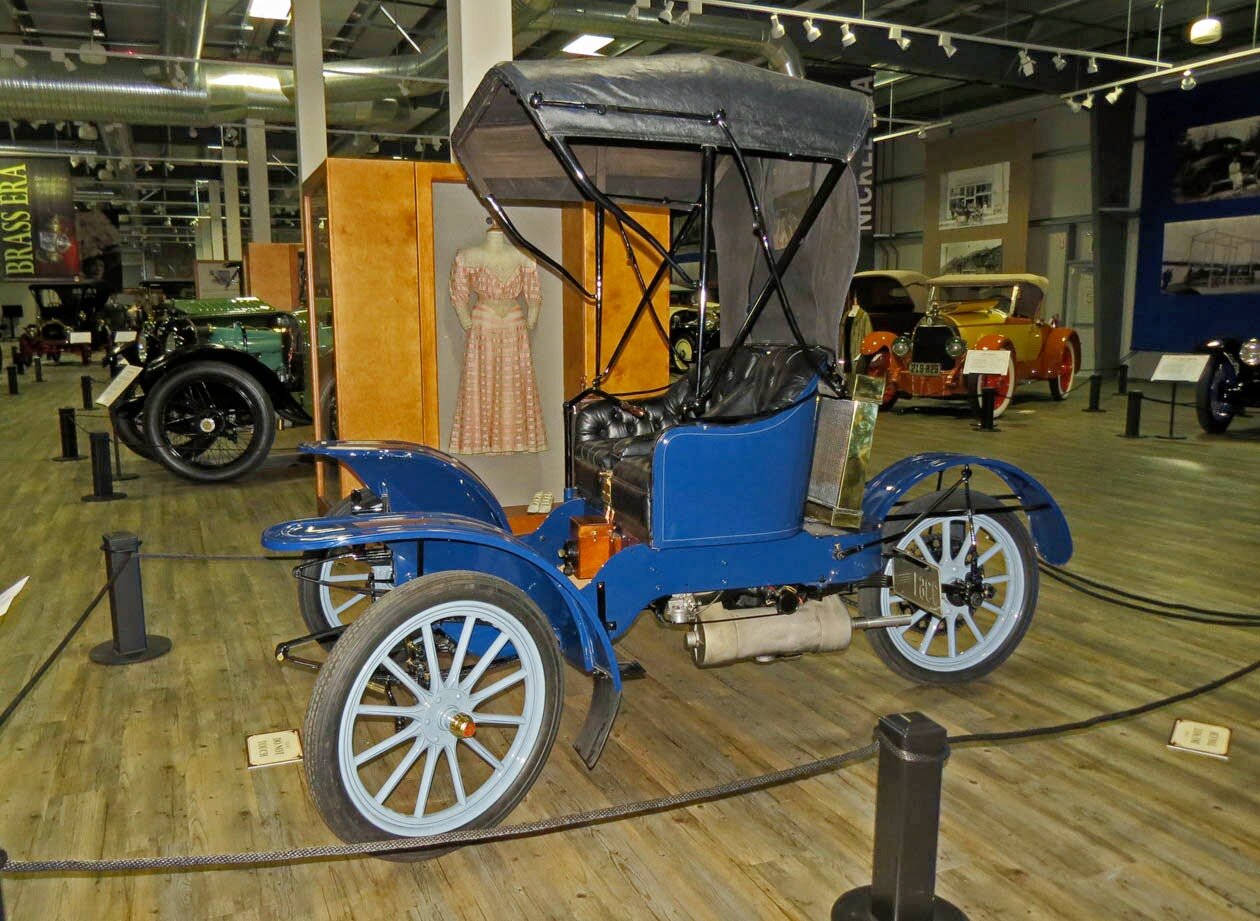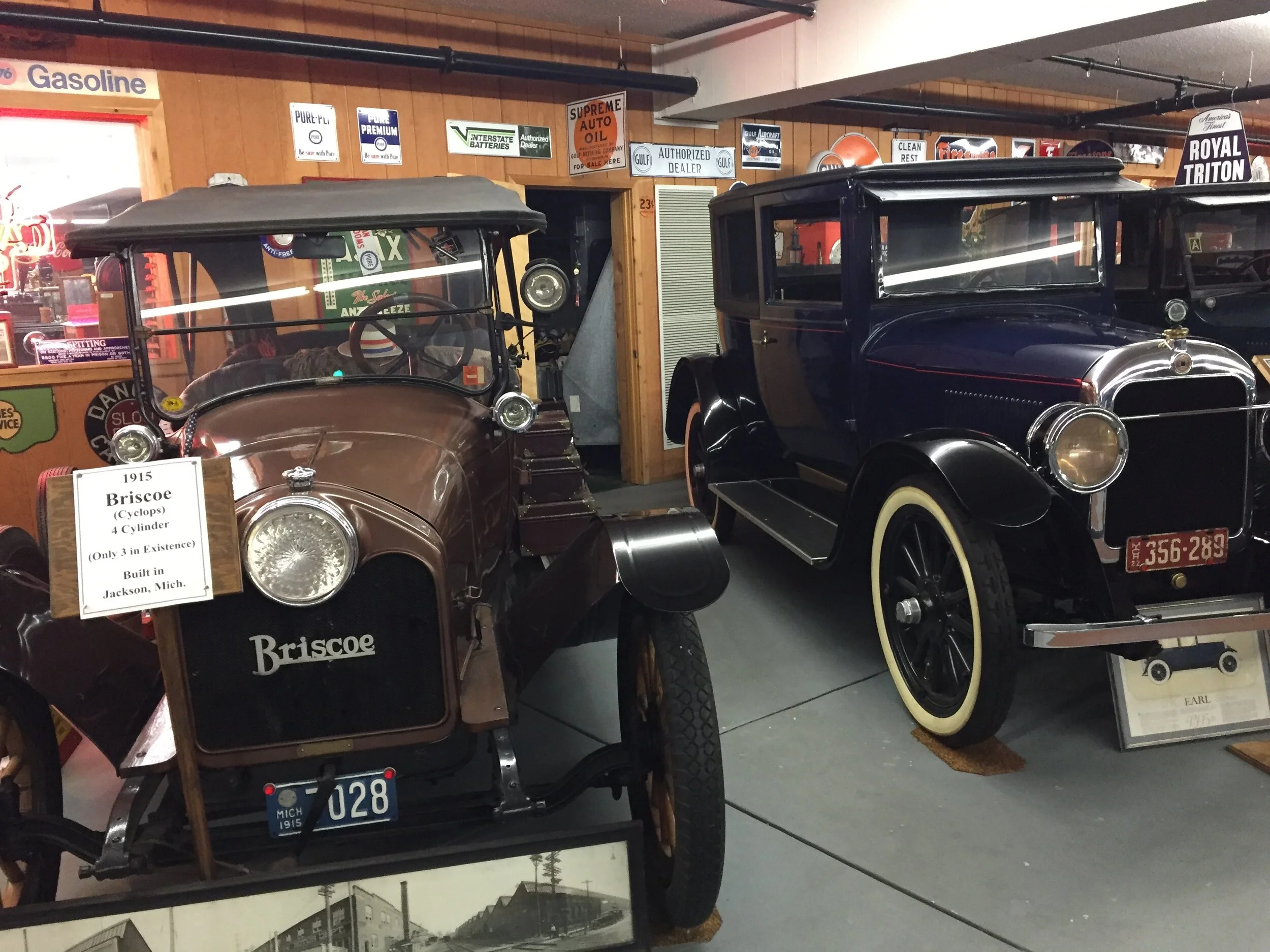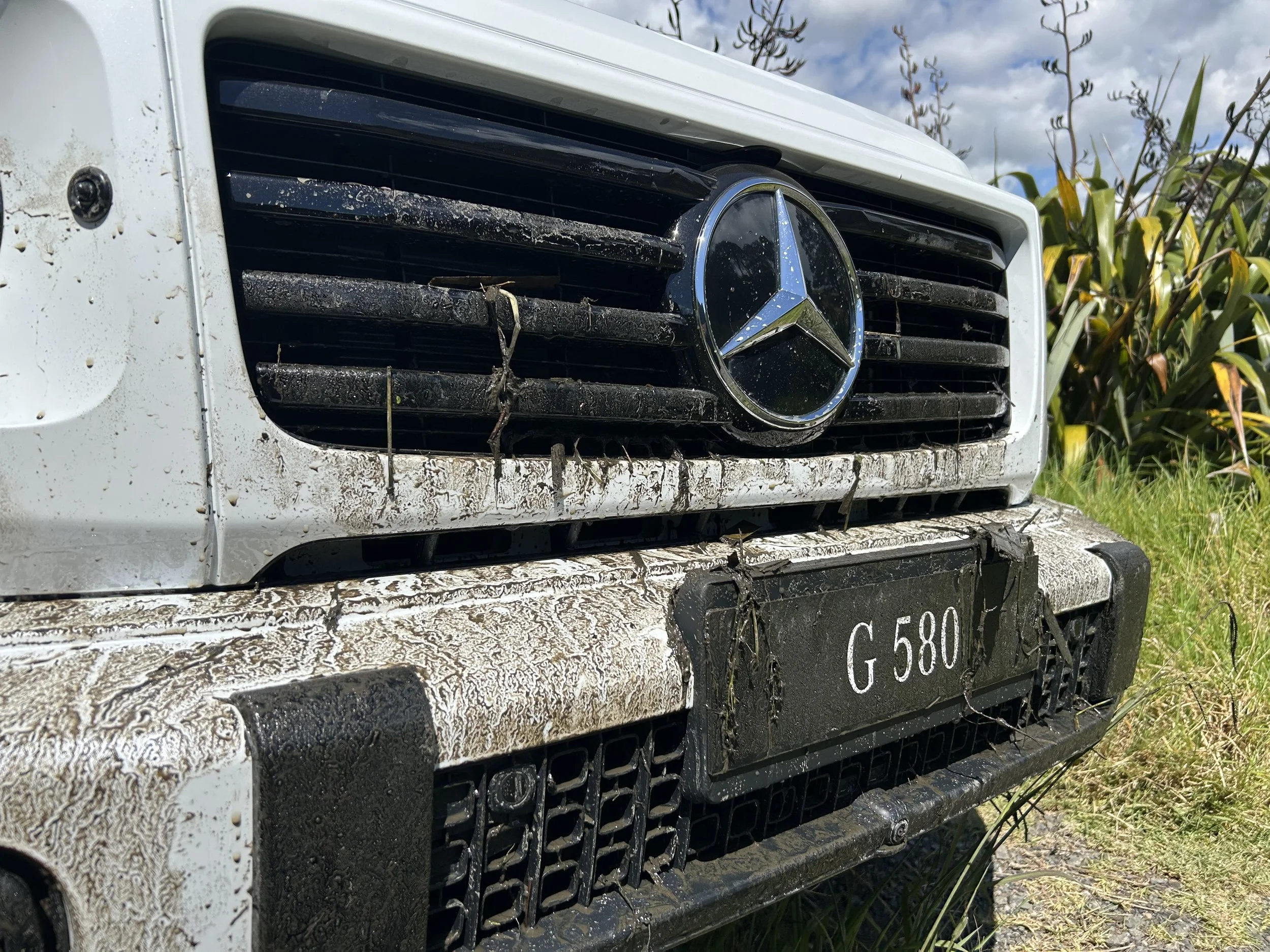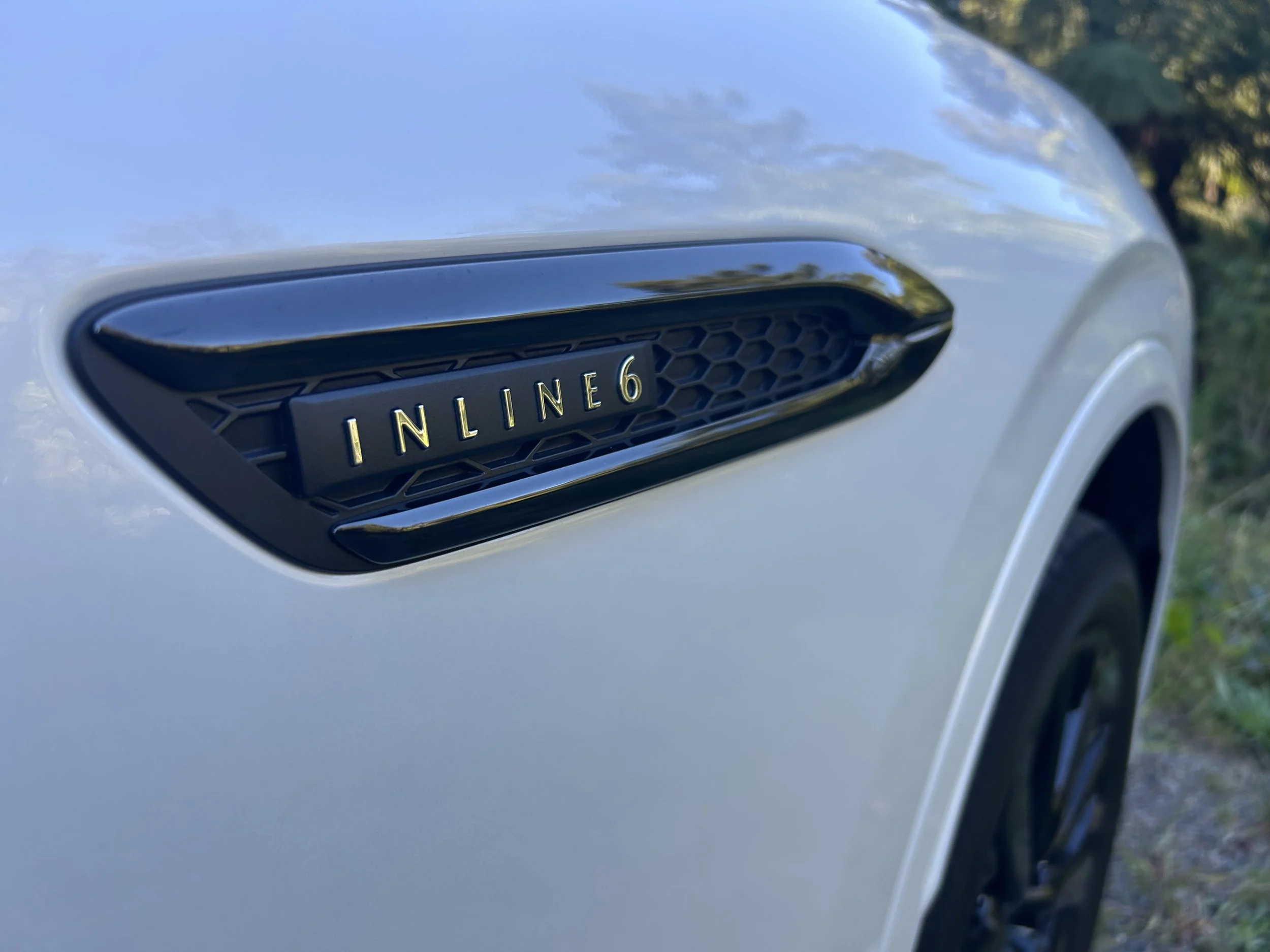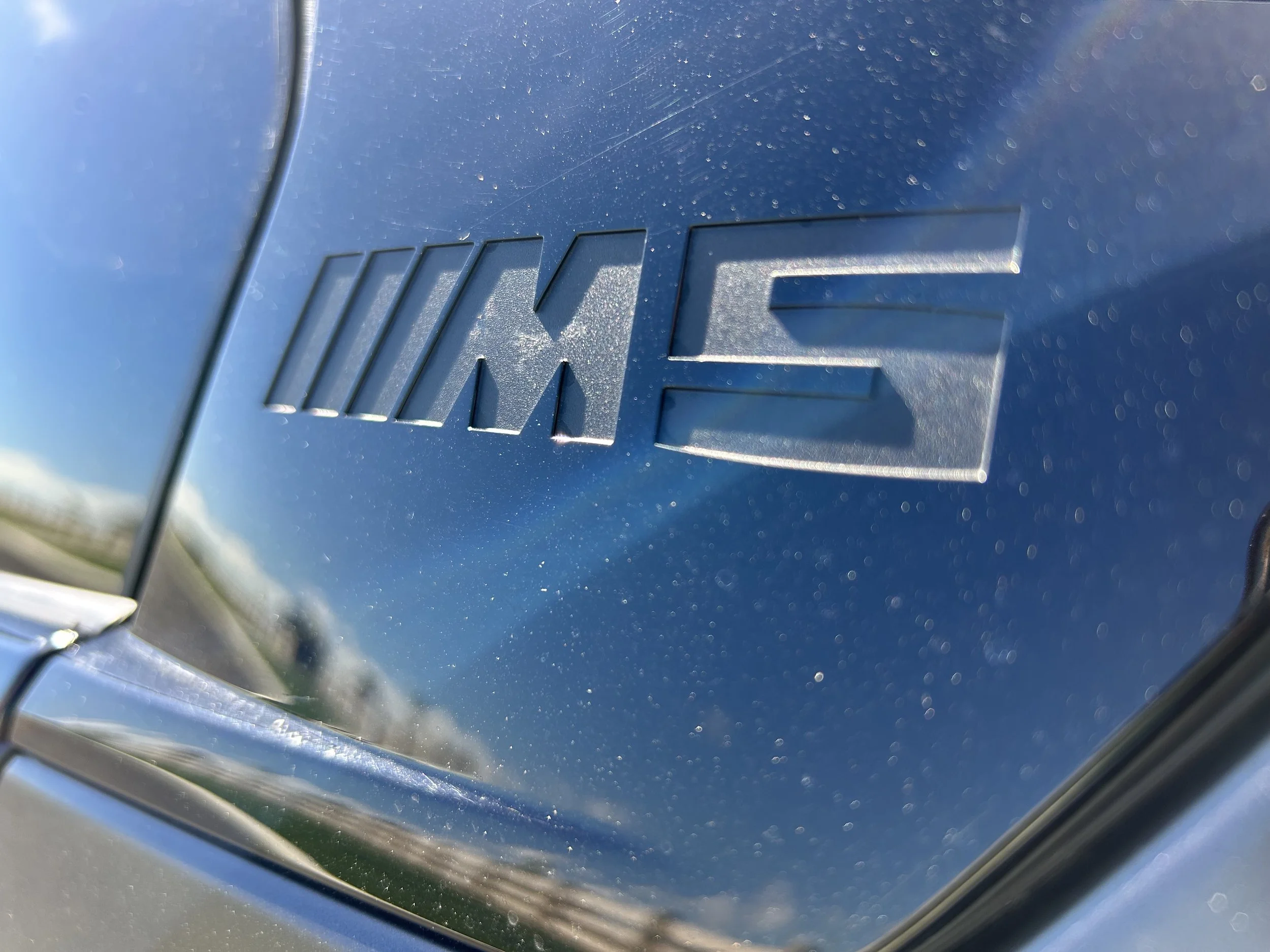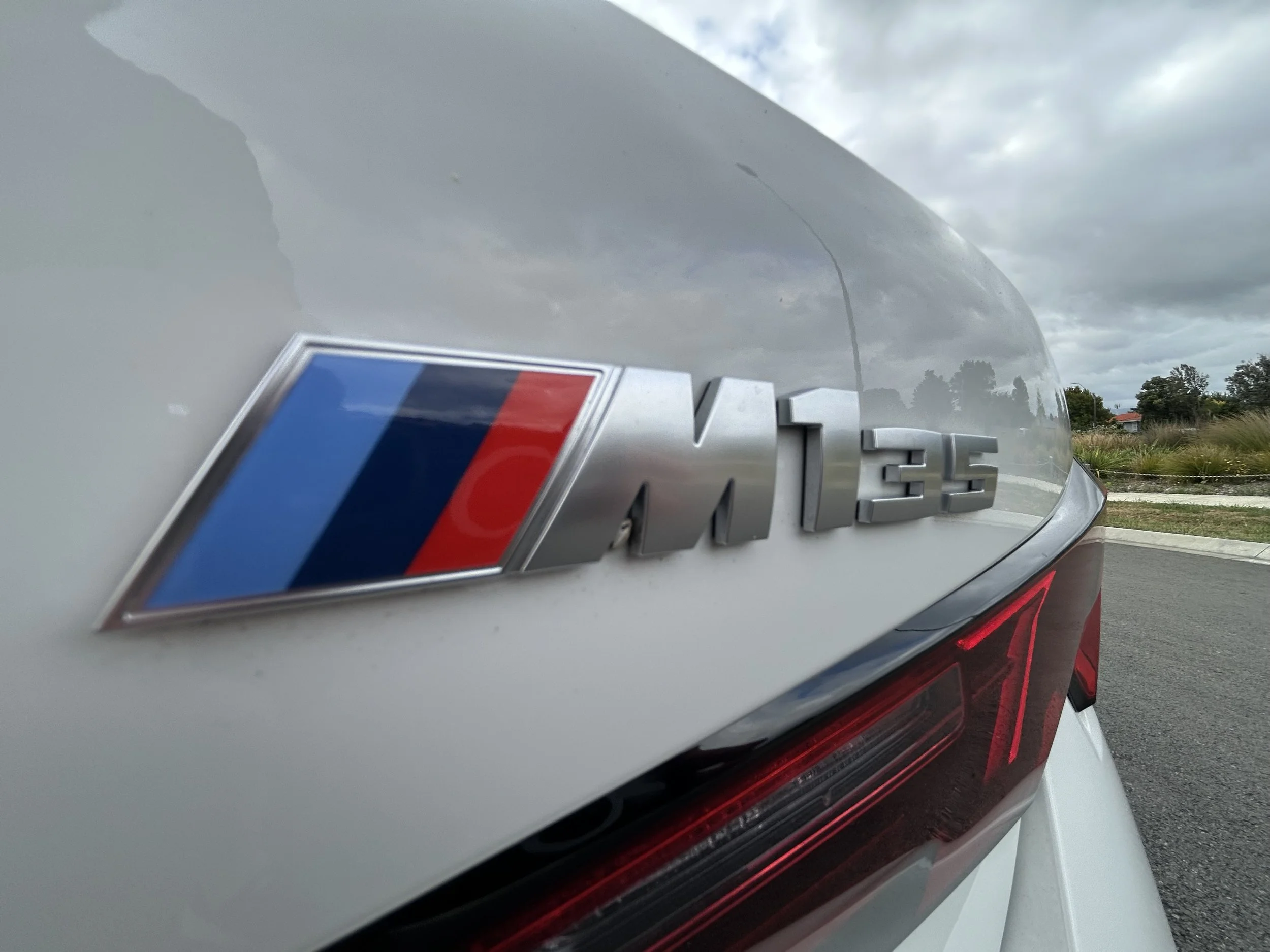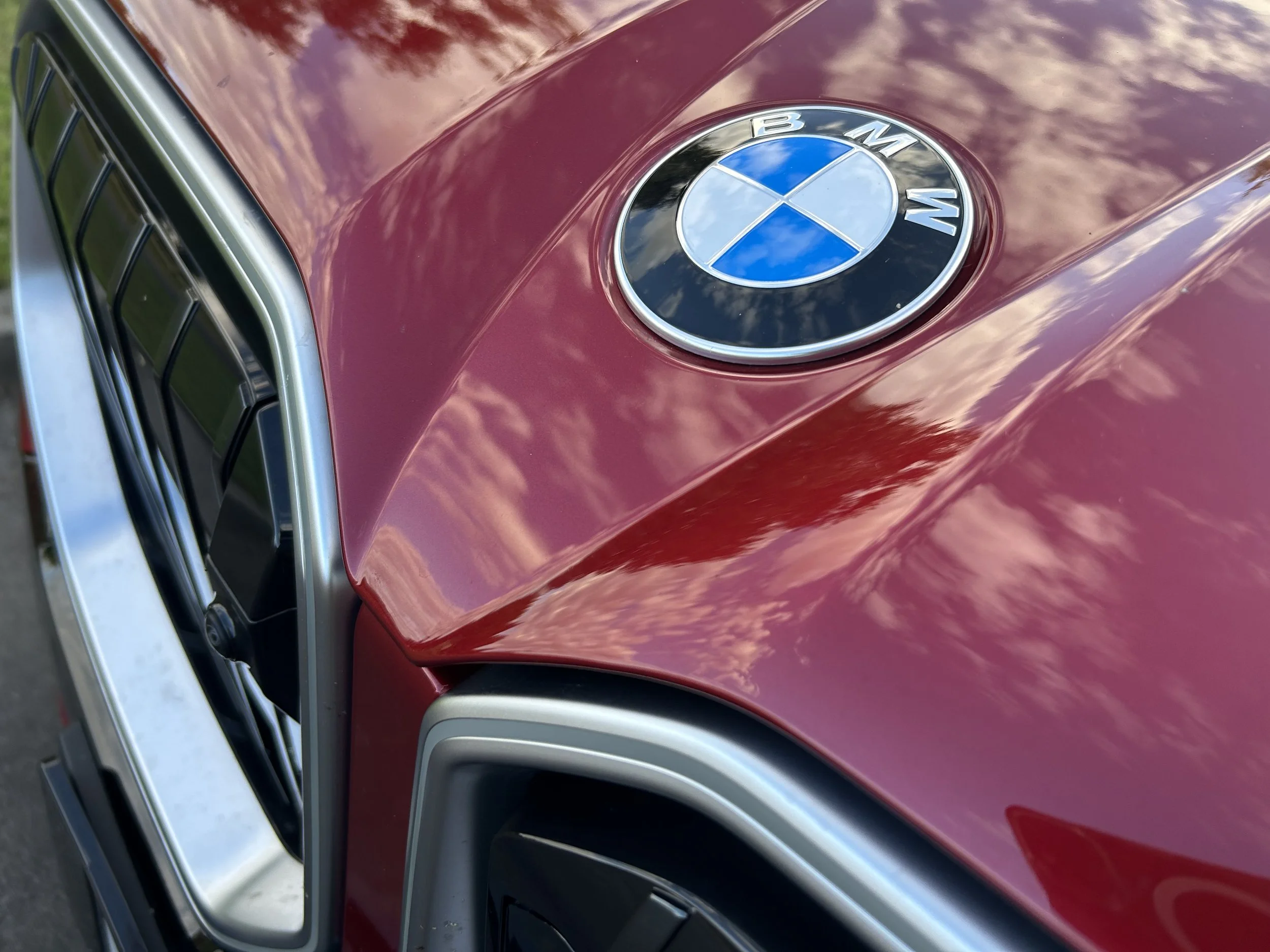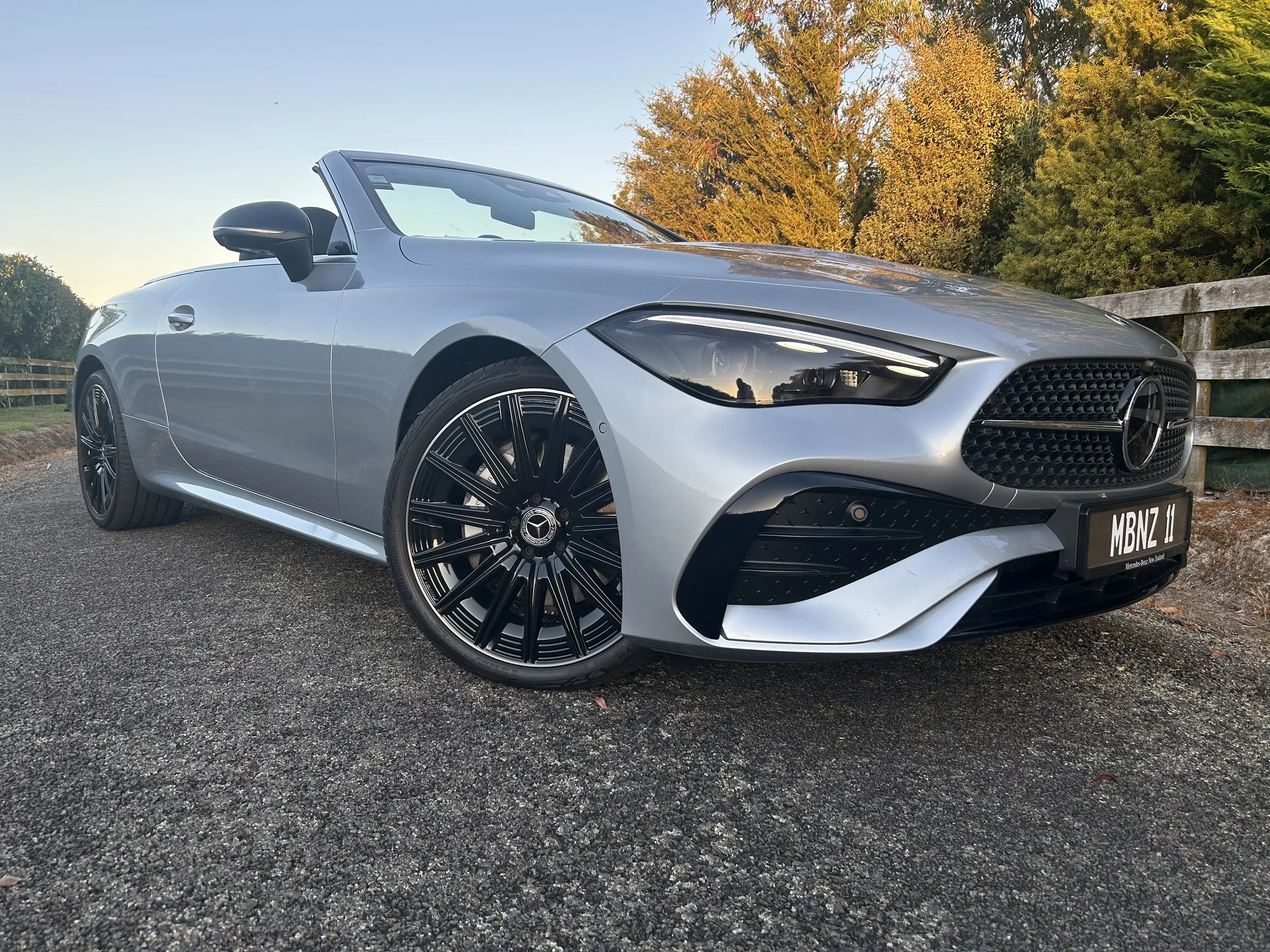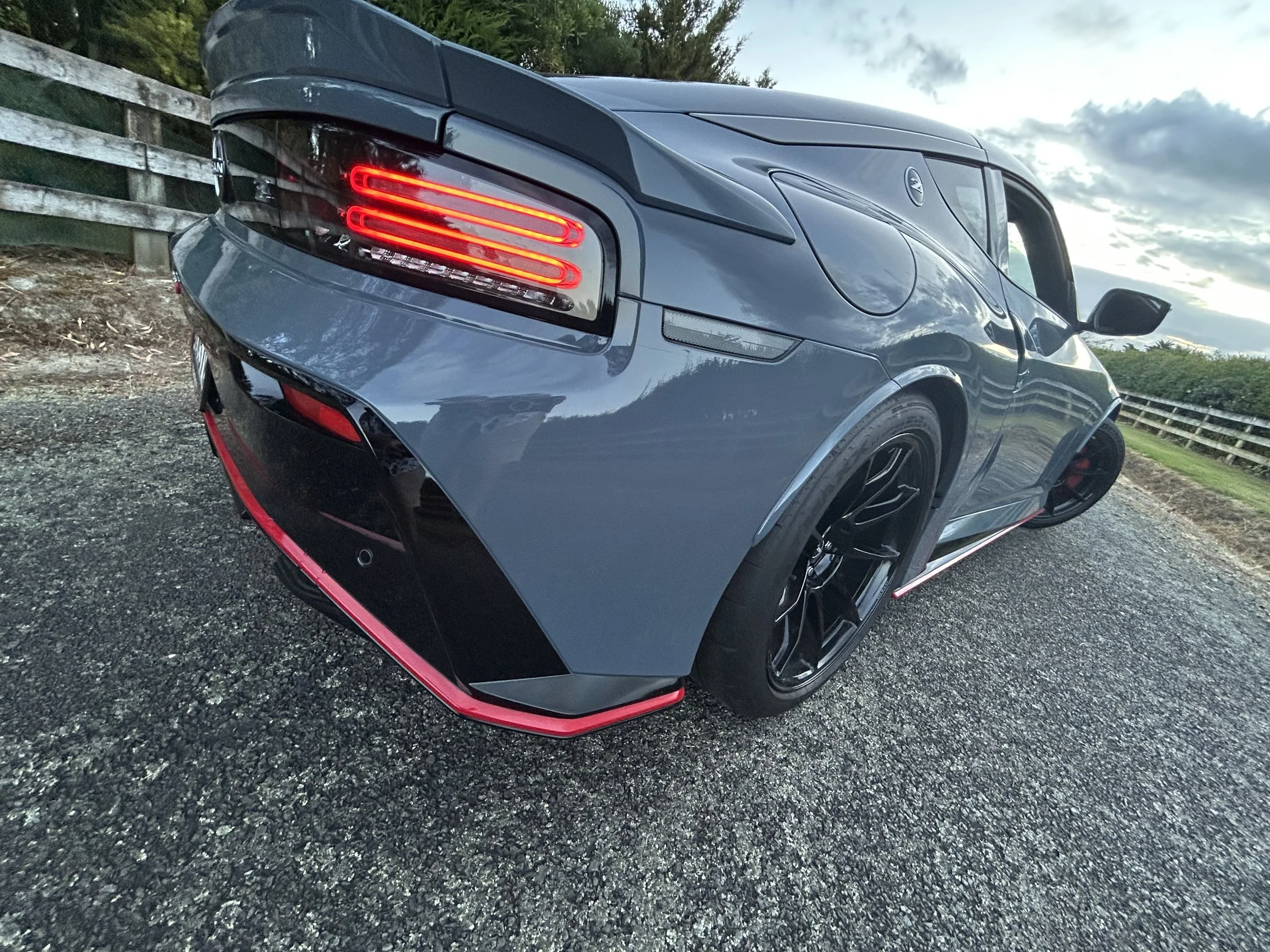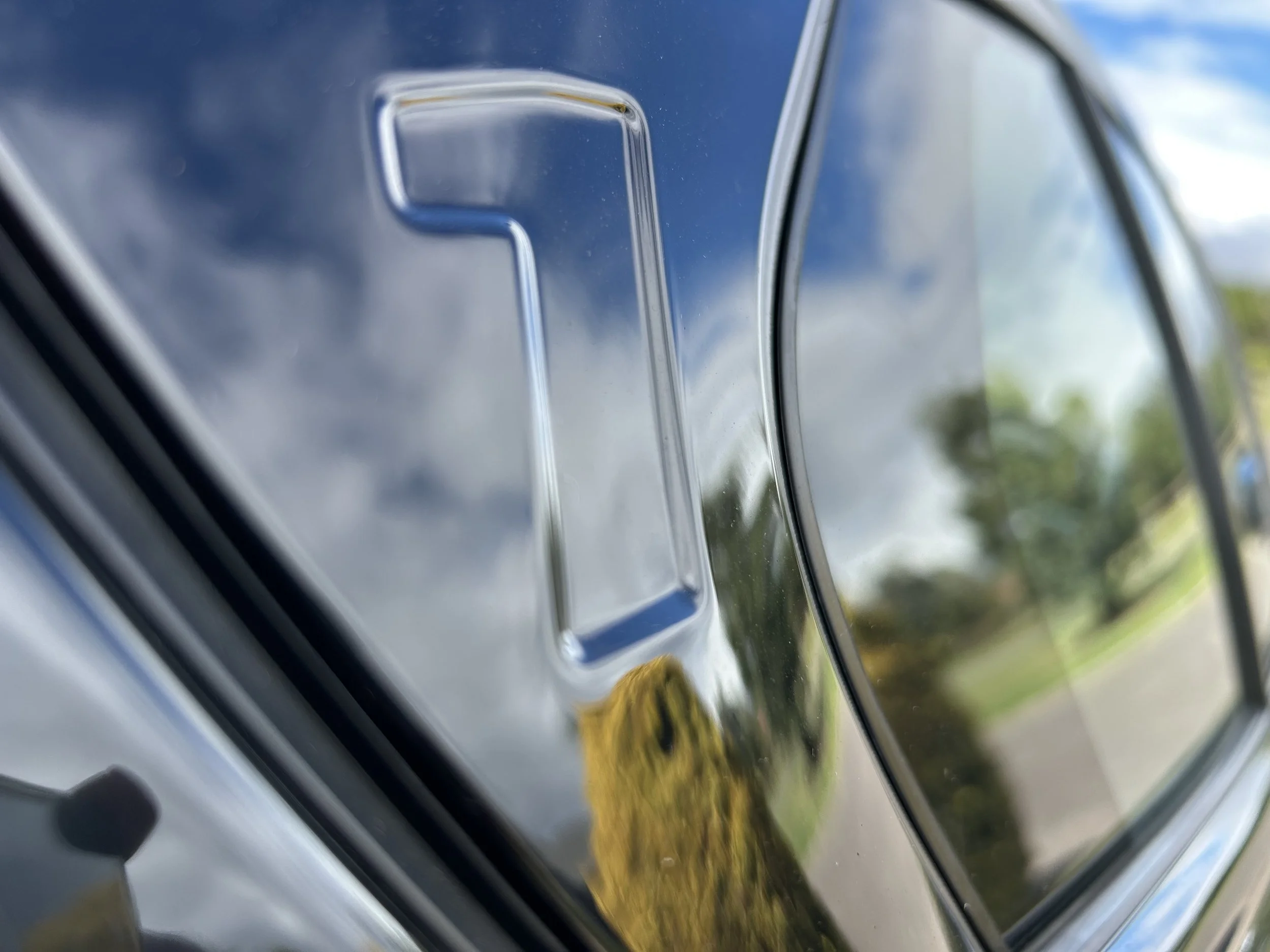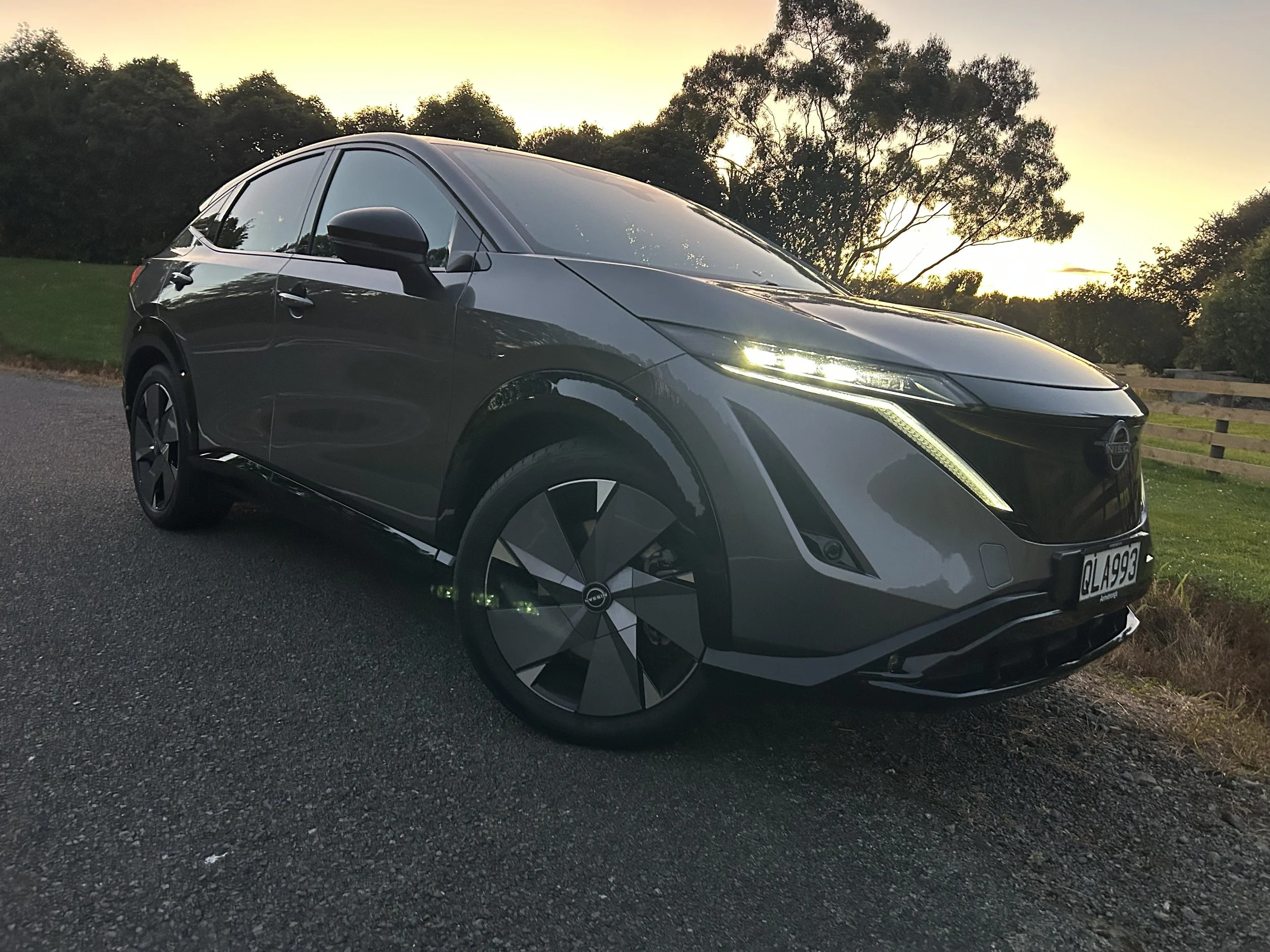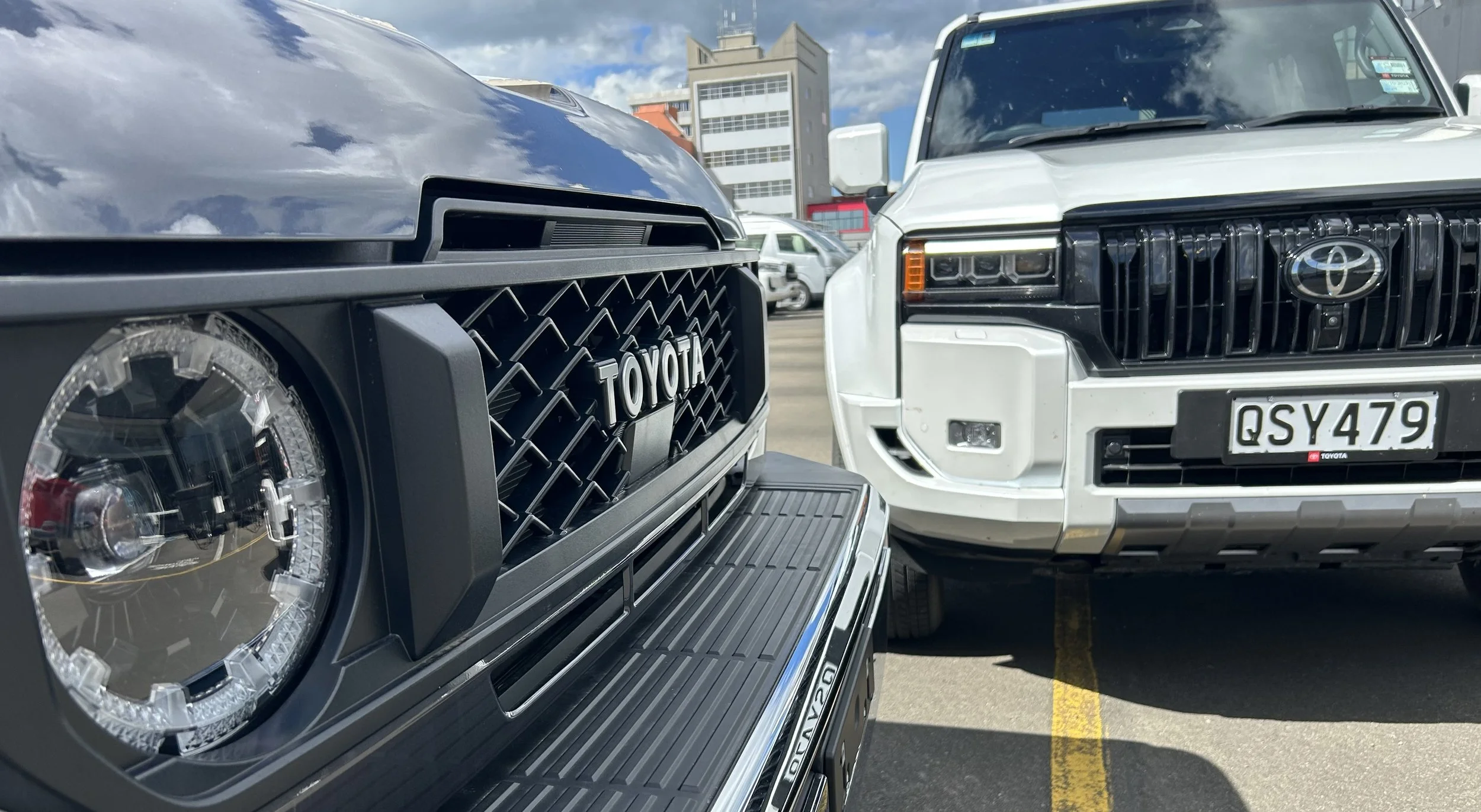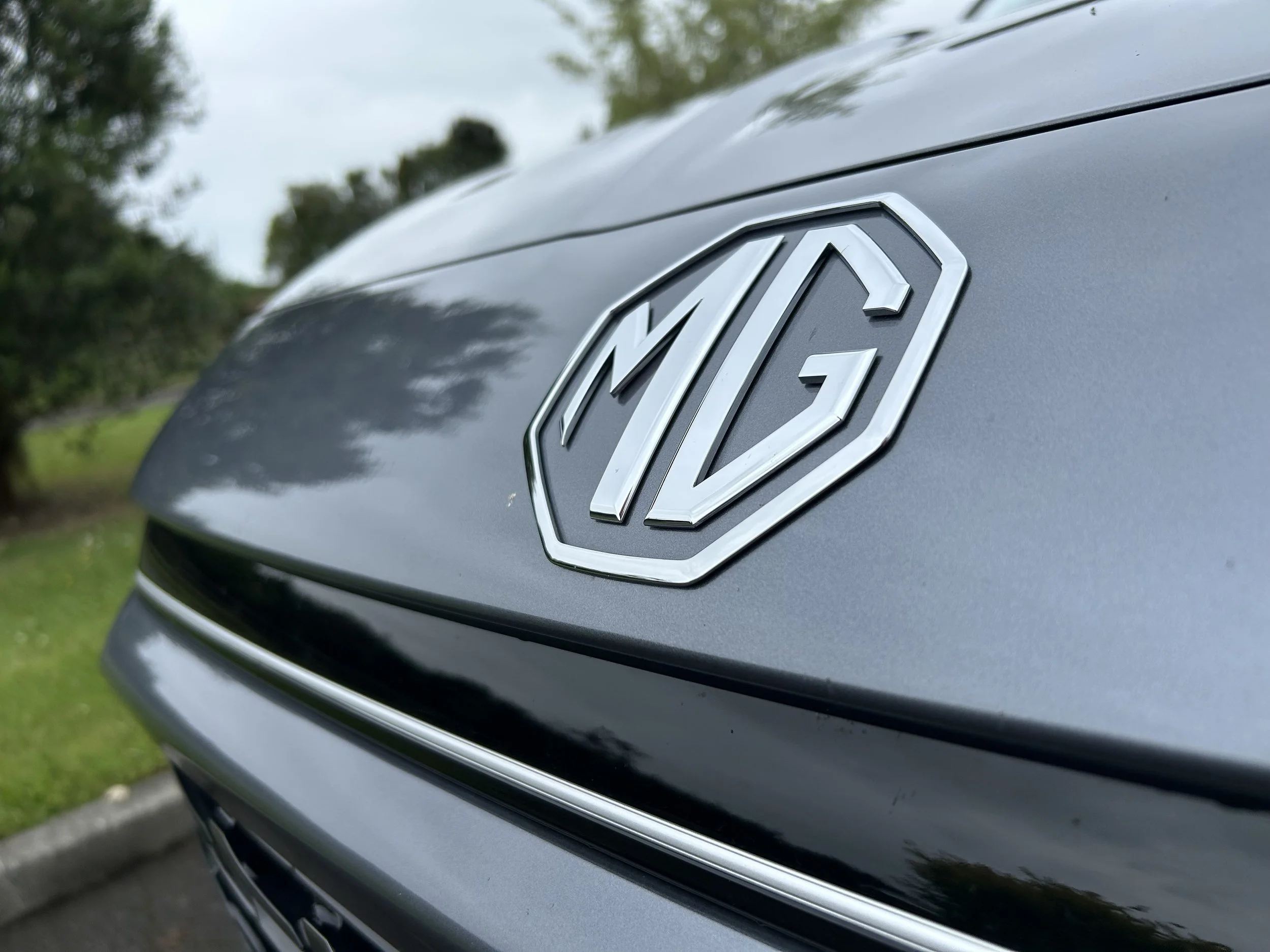Big dreams, crashing realities
/The car he designed at age 17 was a flop “that never did run.” C W Kelsey soon found the fast last for another talent – in advertising and marketing.
“Whether you need to break up a lawn or prepare a garden patch for sowing, Husqvarna has a tiller for you.”
The advertisement went on to say: “Our range comprises two different models - rear-tine and front-tine. The rear-tine models are designed for use on densely packed earth and lawns. The front-tine tillers are suitable for smaller landscaping work, such as preparing flowerbeds and garden patches.”
Throughout the world, for those with home gardens, the power garden tiller has become a tool as important as a shovel, rake, or hoe.
Few people, however, know that the man credited for transforming the powered tiller from cumbersome, heavy workhorse to home gardening mainstay has also been credited with the initial success of Maxwell, development of the filmed automobile commercial and the pioneering of corporate financing programme such as GMAC (General Motors Acceptance Corporation).
His name was not easily forgotten but for obvious reasons Cadwallader Washburn Kelsey used C.W. and preferred that he be called Carl. In an interview given in 1920, he reflected on the first automobile that he had built in 1897 at age 17.
“It was a 100 percent flop that never did run.” Completed the following year with assistance from a classmate at Haverford College, his Autotri, a three wheeled vehicle powered by a one-cylinder engine provided transportation for the duo until it was sold a few months after they put it on the street. The third endeavor had four wheels and two cylinders, was also a success, and was sold before it was completed.
After graduation he put aside tinkering and focused on making a living. But automobiles were in his blood and so he acquired a garage in Chestnut Hill, Pennsylvania, his hometown, and began selling vehicles manufactured by Autocar. This endeavour enabled Kelsey to develop his greatest gift – sales and marketing. Within a year he was a leading automobile dealer in the area, had relocated to nearby Germantown and established a larger facility, and acquired the Locomobile franchise to accompany Autocar. Then he discovered Maxwell.
After purchasing a Maxwell and giving it a thorough real-world test, he sent a letter to the Maxwell-Briscoe headquarters in Tarrytown, New York and boldly requested exclusive rights to selling the company’s cars in Philadelphia. After a brief investigation, Benjamin Briscoe himself responded and offered the agency for $US5000. Kelsey paid the sum in cash, acquired a larger facility on Broad Street and built a stylish dealership with gas station.
He quickly honed a natural skill of stunting for sales and harnessed new technologies for promotion. After contracting Lubin Film Studios, a pioneer cinematography company that specialized in producing films for nickelodeon’s, he hired drivers to pilot Maxwell’s up the steepest stairs at the poshest locations in the city as cameras rolled. The he launched a 1,000 mile, nonstop, drive up and down Broad Street in a car adorned with signage promoting his dealership. The films, the headlines, the stunts and even the occasional arrest of his drivers fueled sales at an exponential rate.
It would have been impossible for Benjamin Briscoe and Jonathan Maxwell to overlook Kelsey’s success. After all, his Philadelphia agency was selling more Maxwell’s than all the dealers in the United States combined! At age 25 in 1905, Kelsey was made sales manager for the Maxwell-Briscoe company, and given free reign with development of marketing. The Maxwell was a well-built automobile, and sales growth had been steady but now they soared. Soon cars were selling as fast as the company could produce them, and then, even with construction of a new factory that allowed for expanded production, the orders were pouring into the company faster than they could be produced.
As Kelsey worked to coordinate the expansion of the dealer network, develop nationwide advertising and marketing campaigns, and establish the industry’s first nationally trained sales force, sales doubled in each successive year. And he also continued developing new stunts for sales techniques; 10,000 miles driven in 30 days on the streets of Boston, cars entered in the prestigious Glidden and Deming Tours, and a Mount Washington Hill Climb. And then in 1909, he launched his most ambitious stunt to date and the result was international headlines, a cross country trip made by Alice Huyler Ramsey. She was given a new car for her efforts, and the one that carried her across the country was sent on a nationwide tour to be displayed at dealerships.
One can only speculate on the success of Maxwell if the company had stayed the course. But Benjamin Briscoe was dreaming big. His first attempt at creating a massive conglomerate of companies was still born but the concept had been brought to fruition by William Durant under the General Motors banner. Briscoe’s second attempt would be as a GM competitor and Maxwell-Briscoe would be the foundation. Kelsey openly voiced strong opposition to the creation of United States Motor Company, resigned form his position, and set out to develop a car of his own design.
Shortly before departing Maxwell, Kelsey had presented plans for an all new vehicle, but they were soundly rejected. This would survive as the foundation for what he envisioned as an all new automobile manufacturing company. He built a prototype and displayed it under the Spartan name as he solicited investors. As it turned out this would be the only car produced. The project had been made relevant by Henry Ford that was expanding production and cutting the sales price for his Model T.
In a daring display of bravado, Kelsey decided that the key to success was to build a vehicle that could be sold for a lower price than the Model T. He was going to take on Ford in a head to head battle with a revolutionary vehicle of his design named the Motorette that had a sales price of just $385, almost half the price of a Model T.
There was nothing like the Motorette on the road. It had three wheels, two in the front and one in the rear. To keep the rear wheel at right angles to the road surface, he designed the first anti-sway bar. The diminutive car had a 74-inch wheelbase, a 56 ¾ inch front tread and weighed a mere 900 pounds. The engine that propelled power to the rear wheel via chain drive was a two-cylinder, ten horsepower wonder designed by Kelsey. A forged I-beam drop axle at the front and pressed steel frame ensured rugged durability. The two-speed transmission mimicked that used in Buick. The car used thermosyphon cooling and a tubular radiator mounted behind the body.
Kelsey created a stylish display for the cars debut at the Grand Central Palace’s 1910 New Year’s Eve party in Manhattan. Surprisingly, the car attracted the attention of the wealthy as well as the working man. More importantly it attracted newspaper men. With receipt of fifty orders, with cash deposits, Kelsey considered the cars introduction a success.
He had organized the C.W. Kelsey Manufacturing Company in New York, and established production facilities in Hartford, Connecticut. Production commenced immediately to fill orders, and simultaneously, a marketing campaign was launched with signature Kelsey touch. The focal point of his wild stunts was to assure the public that the revolutionary three-point suspension system assured a smooth ride, that the vehicle was stable, and that it was durable. To accomplish all of this in one masterful stroke, Kelsey orchestrated the sale of 75 units to the United States government for rural mail delivery.
In a publicity stunt with full media coverage, Kelsey had a Motorette tow a 5,700-pound Alco truck through the streets of Philadelphia. He pressed cars into service during a blizzard to deliver local newspapers. In another highly publicized stunt, he sent two drivers on a coast to coast run with only one incident, three days in the jail at Ludlow, California for driving on the Atchison, Topeka & Santa Fe railroad bed across the Mojave Desert.
Aside from durability, promotional materials focused heavily on the low sales price and the cost of operation as well as maintenance. “The Motorette sports two heavy duty motorcycle tires in front, and an automobile tire for the drive wheel. A whole set can be purchased for $47.50 American gold.” “The elimination of a four-gear transmission, a rear axle housing with five bearings, a drive shaft and u-joints reduces maintenance and repair costs.” “The two-cylinder, two-stroke, water cooled engine has but five moving parts. There are no valves to grind, no springs to get out of order, no push rods, no cams, no cam shaft, and no cam shaft gearing.” “The most primitive automobile skills are required to operate it and a healthy girl of ten can crank it.”
Kelsey transformed letters from satisfied customers into marketing. The Hillers Poultry Plant claimed that, “…in two months of service over the roughest rural byways, transporting 100 pounds of eggs on each trip, we had no breakage.” A buyer in New York noted he regularly drove his Motorette at 25-miles per hour and had yet to experience mechanical issues. Another owner claimed that his Motorette, a Stanley and a Napier were the only cars to crest Mount Washington in a hill climbing event.
The demise of Kelsey’s Motorette came swiftly in December 1911. With business picking up steam, Kelsey turned his full attention to development, experimentation, and promotion. And he contracted with Lycoming for engine production just days before the company was struck by labor organizers. Completed cars minus engines piled up at the factory as dealers and buyers clamored for cars. Settlement of the strike did not end the labor problems.
With the shipment of engines Kelsey instituted a three-shift work schedule to fill orders. Then complaints began pouring into the factory, and soon the complaints became lawsuits. Engines were freezing up or exploding due to bearing failure. Kelsey ordered dealers to evaluate damaged engines as well as unsold cars. He also initiated inspection of all engines in stock. As Kelsey later noted, “In every blessed one of them about a half cup of fine sand was removed.” The engines had been sabotaged at Lycoming and the Motorette was finished.
Kelsey would later make one more attempt to manufacture a vehicle but only one prototype friction drive Kelsey was completed. Then he pioneered automobile financing programs, and in 1930 became the distributor for the imported Siemens tillers and established The Rototiller Company in New York City. In 1932 the Swiss Simar tiller was added to the Rototiller line of equipment. Though they were quality machines, they proved unsuitable for rocky American soils. So, Kelsey designed and patented a tine shock absorber to install on the imported tillers.
By 1932, Kelsy registered the trademark Rototiller and began manufacturing the All-American Rototiller, a smaller, inexpensive, and easy to operate tiller, two years later. After WWII rotary tillers became a hot commodity with commercial growers and five American companies were established to build the large tillers. What was missing was a small tiller for the home garden. In 1946 Kelsey’s company converted manufacturing to exclusively produce a small home gardener model.
Cadwallader Washburn Kelsey, a dreamer, a visionary, another forgotten automotive pioneer.
To read more by Jim Hinckley go to jimhinckleysamerica.com


